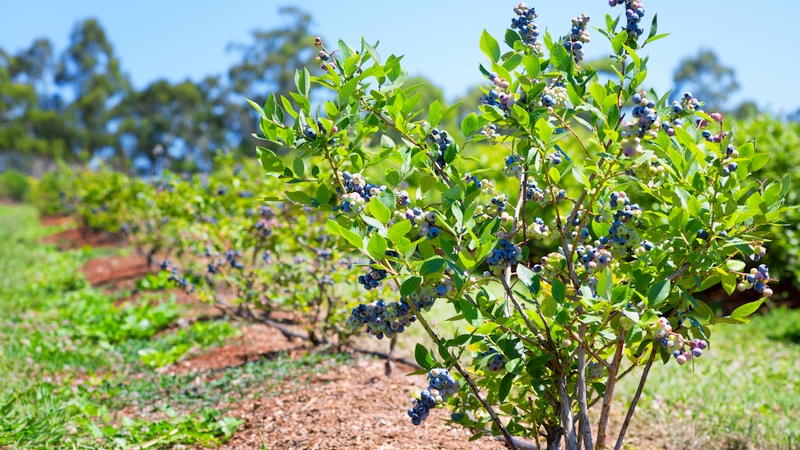Tips To Ensure Proper Pollination
Northern highbush blueberries (Vaccinium corymbosum) are common throughout the northern U.S. states and Canada, and are native to eastern North America. They require pollination to ensure that flowers present at bloom turn into large, harvestable berries later in the season. Pollination is achieved by the movement of pollen by bees.
Michigan State University Extension says by planning ahead for how fields will be pollinated, growers can help ensure they receive the maximum return on their investments in land, bushes, and other management inputs. Given the high per-acre input costs of blueberry production, spending money to ensure high levels of pollination makes sound business sense. Other things being equal, well-pollinated fields have larger berries, higher yields, and more even ripening than fields with sub-optimal pollination.
Across Michigan’s blueberry industry, most pollination is by managed honey bees that are brought to fields in hives. Many of these colonies have been overwintered in warmer states, and they arrive back in Michigan as fruit crops start blooming in southwest Michigan. Bumble bee colonies can also be purchased for placement in fields, and there are many other wild bee species that nest in and around crop fields. By combining these pollinators into an integrated crop pollination strategy, the risk of poor pollination may be minimized.
To read more about proper blueberry pollination, click here.









